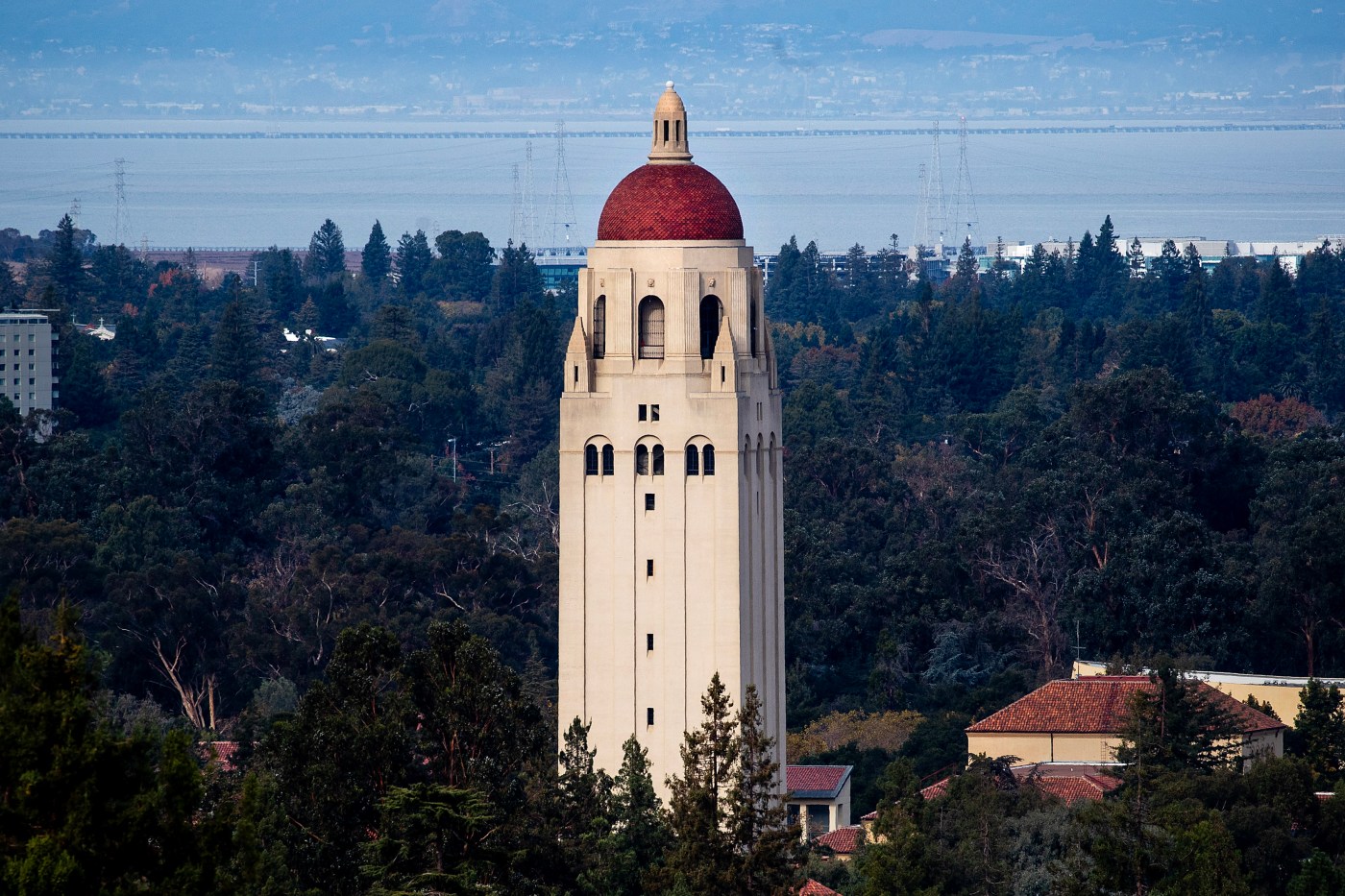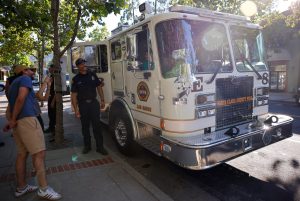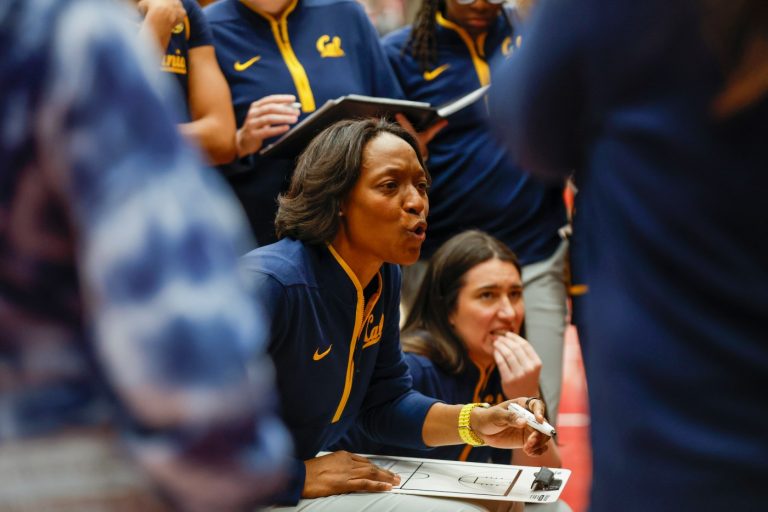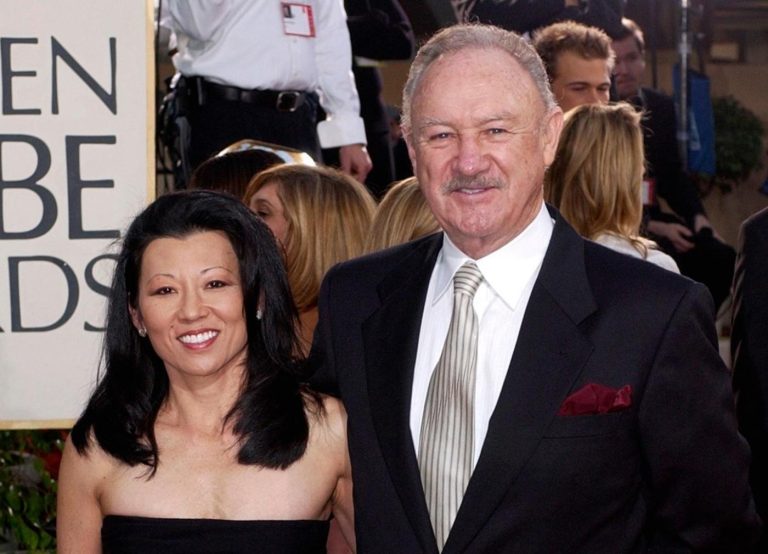A Stanford professor who found a novel approach to the age-old dream of regenerating the body from its own cells has been awarded the National Medal of Science, the nation’s highest award for distinguished scientific achievement.
Helen Blau, professor of microbiology and immunology and director of Stanford’s Baxter Laboratory for Stem Cell Biology, was among 14 researchers named by President Biden on Jan. 3 to receive the award at a White House ceremony this year.
Helen Blau, PhD, professor of microbiology and immunology and director of the Baxter Laboratory for Stem Cell Biology at Stanford University.
Also honored was UC Berkeley biochemist Jennifer Doudna, who also won the 2020 Nobel Prize in Chemistry and Stanford cardiologist Dr. Paul Yock, professor of bioengineering and cardiovascular medicine.
Doudna was awarded the National Medal of Technology and Innovation for the invention of CRISPR-Cas9 genome editing. Yock invented the rapid exchange angioplasty catheter, which simplified cardiac procedures and significantly improved safety. He also developed the mechanical intravascular ultrasound system.
The medals, established by Congress and awarded each year, recognize extraordinary knowledge and outstanding contributions in science and engineering. The two phamaceutical companies that created the life-saving vaccines that protect against COVID-19 — Pfizer and Moderna — also were honored.
“Those who earn these awards embody the promise of America by pushing the boundaries of what is possible,” according to a statement by the White House. “These trailblazers have harnessed the power of science and technology to tackle challenging problems and deliver innovative solutions for Americans and for communities around the world.”
Blau, Doudna and the 21 other recipients were honored in a ceremony hosted by Arati Prabhakar, director of the White House Office of Science and Technology Policy, in the Indian Treaty Room of the White House’s Eisenhower Executive Office Building. Decorated with Italian and French marble panels, the room was the site of the signing of the United Nations Charter, as well as the Bretton Woods agreement, which created the International Monetary Fund and World Bank. This was followed by two special receptions.
Arati Prabhkakar, Ph.D., Director of the White House House Office of Science and Technology Policy, awards Paul Yock the National Medal of Technology and Innovation at the Eisenhower Executive Office Building in Washington D.C.
Other scientists study fields ranging from changing ice sheets to next-generation wind turbines to mobile communications and the creation of the cell phone.
In her research, Blau found that cells may be more versatile than originally thought. Her work focuses on “cellular plasticity,” a term describing how specialized cells in the body aren’t fixed in their identity but instead can be coaxed to assume new roles.
“I challenged the dogma that cell fate was fixed and irreversible,” said Blau. “I said that it could be changed.”
Blau has used that discovery to explore the biological mechanisms of stem cells, tissue regeneration and rejuvenation of muscles weakened due to lack of use, genetic disease or age. Most recently, she found that a molecular drug can target an enzyme that is linked to age-associated muscle weakening.
“I’m working hard to develop this as a potential therapy for muscle wasting,” she said.
She got the news when she was vacationing in Tokyo with her family. She re-routed her flight home, traveling directly to Washington D.C. rather than San Francisco.
“It feels fantastic,” said Blau, who thanked her lab members and colleagues for their support and dedication. “This achievement is a reflection of our collective efforts and shared passion for discovery.”
Doudna’s research is based on Crispr-Cas9, a method to edit DNA. The strategy, co-discovered in bacteria with her European colleague Emmanuelle Charpentier, has been revolutionary, serving as the basis of many promising medical technologies, including tools to diagnose and treat disease.
Jennifer Doudna, the co-inventor of CRISPR genome editing technology, expands research collaborations to San Francisco’s Mission Bay research community. (UCSF – Gladstone Institutes)
It has many applications for the development of improved crops, biofuels and bioproducts. The U.S. Food and Drug Administration has already approved a gene therapy treatment that uses CRISPR-Cas9 to treat sickle cell disease.
Both scientists say their scientific careers were launched by an intense childhood curiosity about how things work in the living world.
When, as a girl, Blau found a portion of an animal skull in the woods near her home in Heidelberg, Germany, her parents found a way for her to research its origin at the University of Heidelberg’s library.
Growing up in Hilo on Hawaii’s Big Island, Doudna roamed the rainforest around the housing tract where her family lived, intrigued by the characteristics of exotic mosses and fungi.
Yock, who was raised in a suburb of Minneapolis, was intrigued with philosophy and medical ethics as a student at Amherst but opted to study medicine.
Asked for advice for younger scientists, Blau said, “Take on big questions. Be bold. Be daring.”
“Try to really make a difference; don’t do incremental science,” she said. “Enjoy it and be passionate about whatever you do.”












